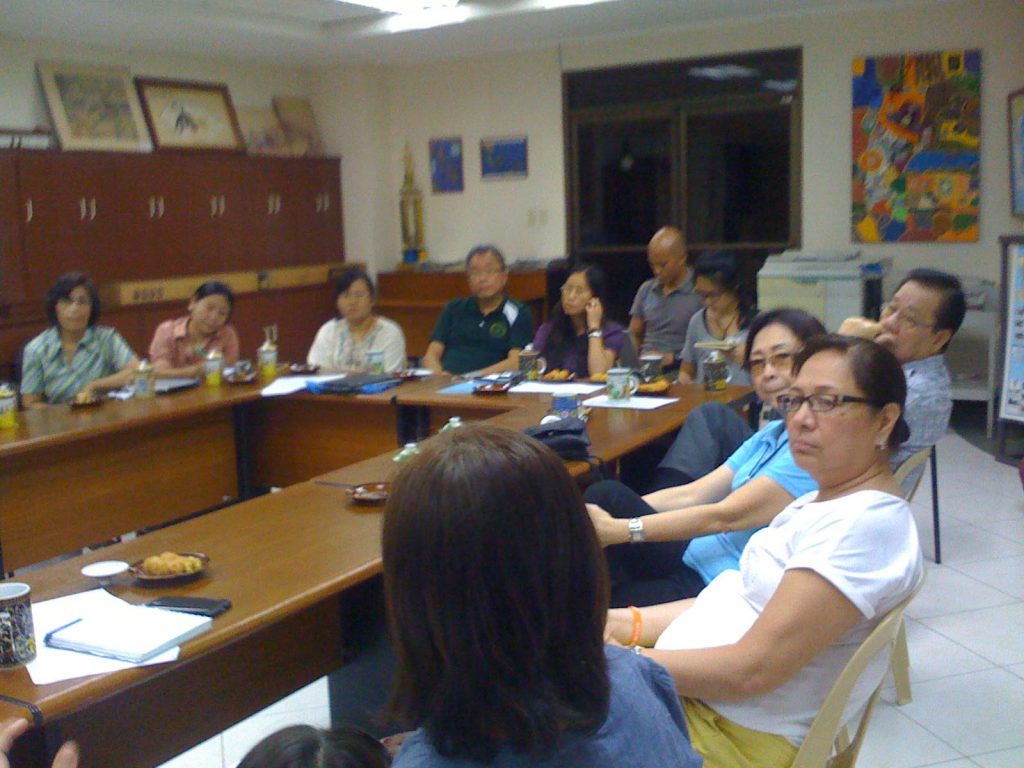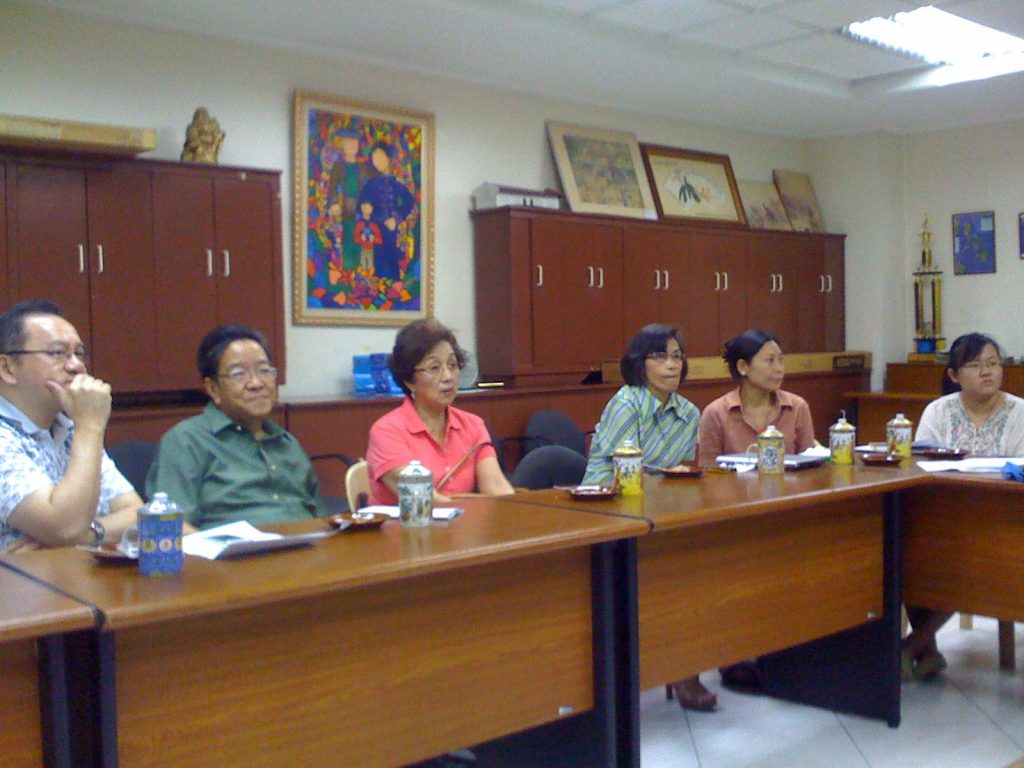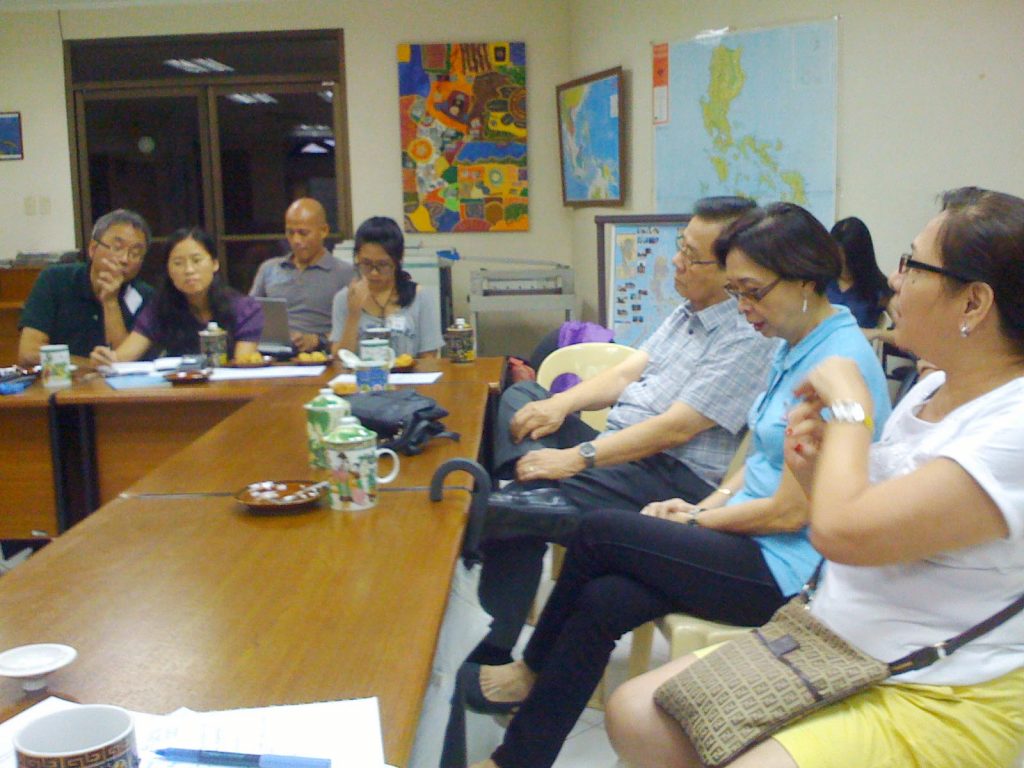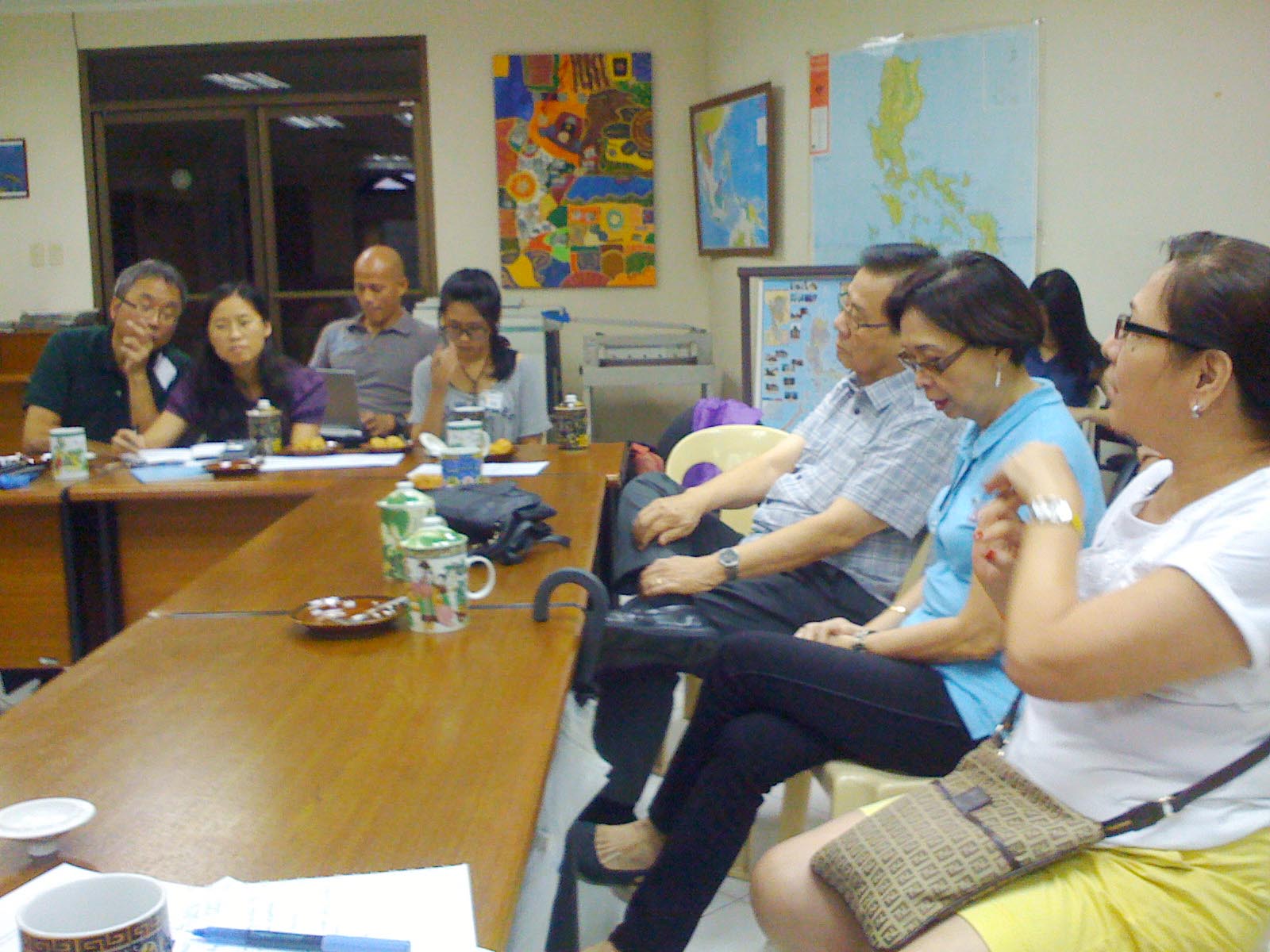We huddled around a birthday cake of decadent chocolate and cups of siphoned coffee, notepads and pens scattered among the cutlery. Moist glasses of ice-cold water stood by on the coffee tables that Saturday high noon in the middle of May.
Angela Yu, president of Kaisa Para Sa Kaunlaran, Jonah Martin of MGA GAWA Foundation and I excitedly crafted the “TNBC for the Sustainable Development Goals Learning Series 1” that will be offered to the Tsinoy community this year.
We summarized for Dr. Tan Cho Chiong the plans for the series’ first learning session on community mental health, Tui-na, and herbal medicine.
One of this consortium’s goals is to facilitate learning among Tsinoy organizations on issues and approaches related to sustainable development in our country.
In early 2014, it offered a general disaster preparedness seminar that served almost 250 residents in Intramuros and Binondo.
Disaster workshop
Last Nov. 8, the consortium organized “The Big One,” a preparedness forum-workshop on the 7.2-magnitude West Valley Fault earthquake that could hit Metro Manila any time.
Around 140 participants from 50 schools, hospitals, homeowners/ socio-civic/ family associations, companies, and nongovernment organizations mostly located in Binondo learned from the Philippine Institute of Volcanology, Metro Manila Development Authority, and Disaster Risk Reduction Management committees of the local governments of Quezon City and Manila.
Their workshop outputs underscored the need for more teaching-learning fora and proposed that the consortium act as an information hub on The Big One.

In coordination with the TNBC, the Disaster Committee of the Chinese General Hospital offered the same forum to its employees and will be organizing more.
After the November workshop, participants requested the consortium to become a coordination hub for disaster response. This is challenging because the presence of such a hub entails building people’s capacities, conducting coordination work before, during, and after the disaster, and networking with committed entities in the government, business, and civil society sectors.
The TNBC prioritizes disaster preparedness, but it is ready to pilot a system of coordinated disaster relief operations when needed.
In reality, people’s preparation for and experiences of life events (such as disasters) are connected to both their physical and mental well-being. Health cannot be separated from any development efforts.
This is why the consortium specifically chose health as a key area in its work. It takes courage from World Health Organization’s optimistic view that when a community develops and improves, whether with assistance from outside forces or by its own efforts, the community members’ well-being is enhanced.
Health workers
Tan and Martin envision more Tsinoys to run health development programs in marginalized Filipino communities.
They emphasize that different fields of Western medicine, traditional Chinese medicine, and community nutrition are replete with very good and cost-effective strategies in helping the poor experience better health.
But communities need more people who have the awareness, knowledge, and skills to apply those strategies.

Other core member organizations of TNBC like the APVFBI, Text Fire Philippines, Charity First Foundation, Ai Hu Foundation, and Living for Christ Foundation also believe in building the capacities of the underprivileged communities through Tsinoys who keep the same confidence in their hearts.
They will convene this first learning series on three key areas aside from health – public safety and security, education, community development and livelihood.
“C can perfectly stand for Community,” Angela reminded us. “We’re celebrating belated birthdays today.”
The consortium is nearly three years old.
Origins
The 4th Tsinoy National Convention in 2012, a summit for Tsinoy youth organized by Kaisa, jumpstarted the work of the TNBC.
Back then and until now, the core member organizations would often reflect on how a loose, supportive consortium of Tsinoy organizations can help each other build this nation better.
Apart from the goal to teach and learn together, the consortium also aims to coordinate development efforts among Tsinoy organizations so that the collective social action is more strategic.
It decided to implement two tracks for community development: 1) It adopts a community and contributes to its development for at least two years; and 2) Each TNBC member expands the reach of another member’s program by incorporating it in its own work, if applicable.
Choosing which community to adopt is a diligent and tedious process by itself. Last year, the consortium studied the feasibility of doing coordinated community development in Catmon, Malabon by exploring the potential with DSWD NCR and Catmon’s 4Ps program officers.
It invited an engineer to talk about solid waste recovery in order to preliminarily assess if it is a worthwhile program to do in Catmon. Consequently, it decided not to adopt Catmon because the community needs are being adequately addressed by other institutions.
This year, it is looking at selected Tondo communities. It is still figuring out demographic profiles and understanding past and present interventions, outputs, local organizations and leadership in those areas.

The TNBC also wants to engage more Tsinoy organizations to initiate, develop, or expand its development efforts in our country and to communicate about their contribution to nation building to mainstream society. The consortium has yet to exert more effort on these two goals.
Capacity-building
What sustains the TNBC members to come together as a consortium when much of what they are doing separately is volunteer work? A multitude of benefits, they say, which includes the following:
• Improves the individual capacity of their organizations through the sharing of information, skills and very good practices,
• Scales up their organization’s operations and advocacies,
• Increases credibility and influence, especially in dealing with government and other groups, and
• Creates the space in which they can look beyond their individual organizational concerns and reflect on the over-all Philippine environment.
Expanding the TNBC membership, establishing its governance system, and generating more resources are the next big steps to take. It’s all in the menu. As the consortium moves along, it learns as a community.
Cooled down in the café, Tan, Martin, Yu and I walked towards the World Peace Bell inside the Quezon City Memorial Circle where there is a celebration of Global Day of Citizen Action. We took part in this international campaign “to be free to speak out, organize, and take action” with the afternoon’s work for the TNBC. —First published in Tulay Fortnightly, Chinese-Filipino Digest 28, no. 3 (July 7-20, 2015): 11.
